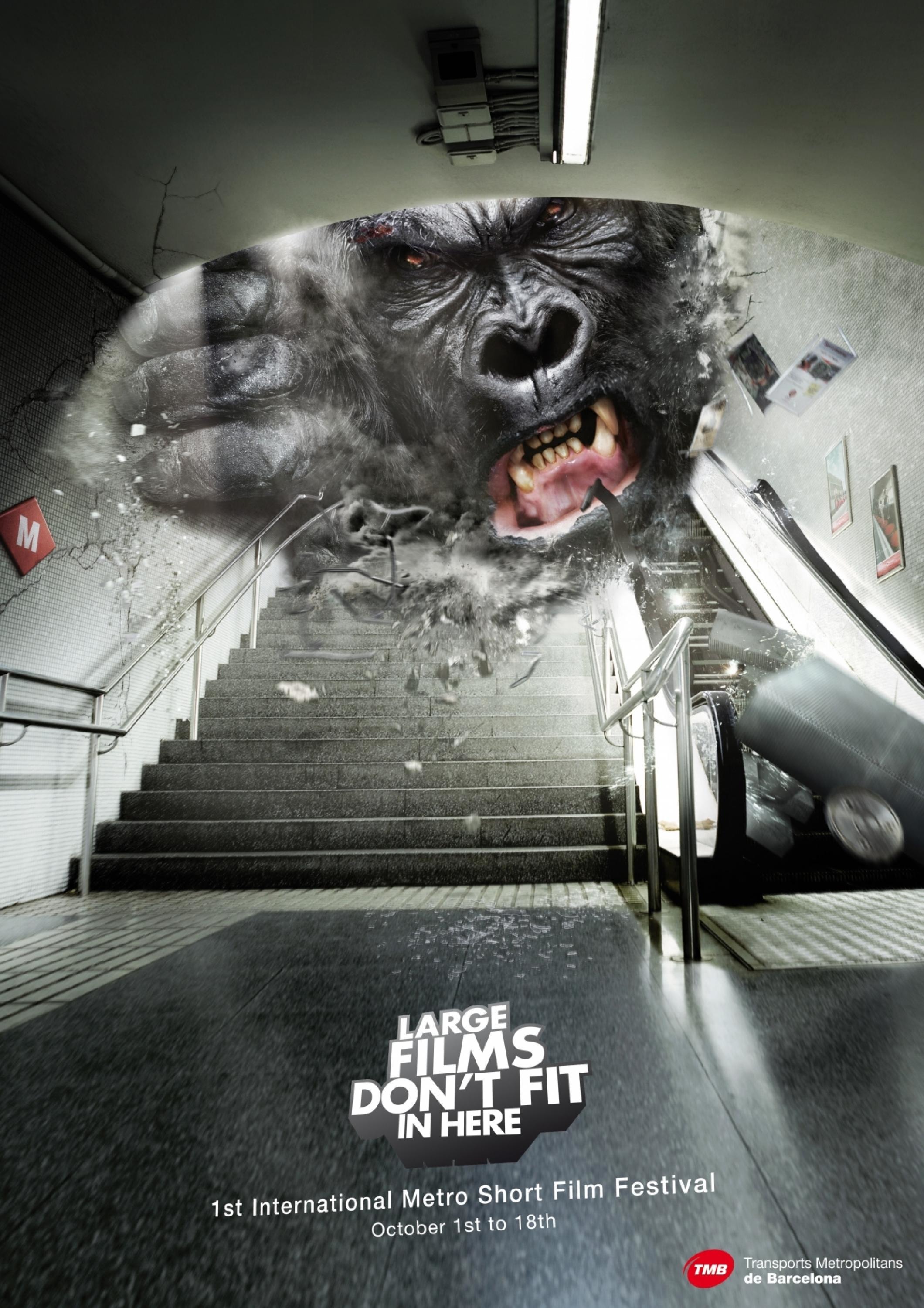Cannes Lions
HOLOPHONIC TERROR
DARWIN AND CO, Madrid / MADTERRORFEST / 2015
Overview
Entries
Credits
OVERVIEW
Execution
Holophonic sound recording was developed by Hugo Zuccarelli in the 1980s. As holograms use multiple exposures of an image to create holograms, holophonic recording uses multiple exposures of a sound recording to create a holophonic sound. How do you produce a Holophonic sound recording? You add layers to the recording by including the interference pattern that is generated when the original recorded signal is combined with an inaudible digital reference signal.
The Holophonic Sound waves appear to stimulate the brain to reproduce very realistic and three dimensional sounds within us. That includes stimulating other responses within us like sensations and smells that usually accompany a sound. Even more interesting is the fact that researchers report that some hearing impaired people can "hear" Holophonic Sound - again because it stimulates their brains even though their audio receiver mechanisms are not working properly.
It's a technology with the capacity to record sound exactly as it is. Spatial dimension, ambience, emotion, and the living spirit of the source are presented in such a way that our brains have little choice but to tell us that the content of the recording is, in fact, real life.
We used holophonic sound for the very first time in advertising in order to get our target involved in an audio experience that make them feel as if there really were voices in their head talking to them, surrounded by ghosts or about to be cut in pieces within a snuff movie.
Outcome
Holophonic sound has never been used in advertising before and it's a extraordinary system who is really able to get the radio advertising to evolve into a deeper experience. And it's a really good moment to do so, because most of the time we listen to online radio stations, or services like Spotify, with our headphones on which is key in order to enjoy holophonic sound's special features at its fullest.
Similar Campaigns
9 items



